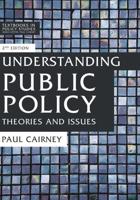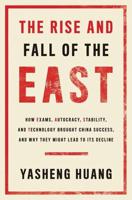Publisher's Synopsis
This book argues that transparency is a concept that has gained increasing currency and favour as an organizing principle and administrative goal in recent years. Calls for transparency have been directed towards states, markets, corporations and national political processes as well as towards large institutions such as the European Union. Focusing on empirically rich case studies, the contributors explore the ideas and practices of transparency in different contexts, encouraging a discussion of the many facets of the term and its strengths, ambiguities and limitations. They aim to shed light on the powerful global discourse and practices contained in the concept, and to fill a gap in the literature since few attempts have, until now, been made to examine the actual content and practice of transparency. Also discussed are the complex negotiations through which it is determined what should be displayed and what should remain hidden, the uses of power and control, and the processes through which transparency is, or is not, achieved.This analysis of the concepts, models and metaphors that guide and shape organizational, social and aesthetical practices today will provide a much-needed contribution to the literature for academics, researchers and students focusing on these areas.










